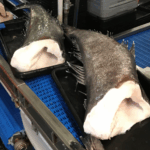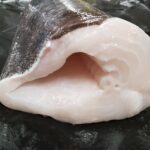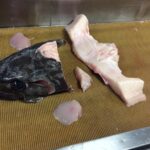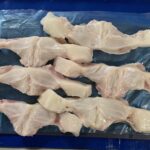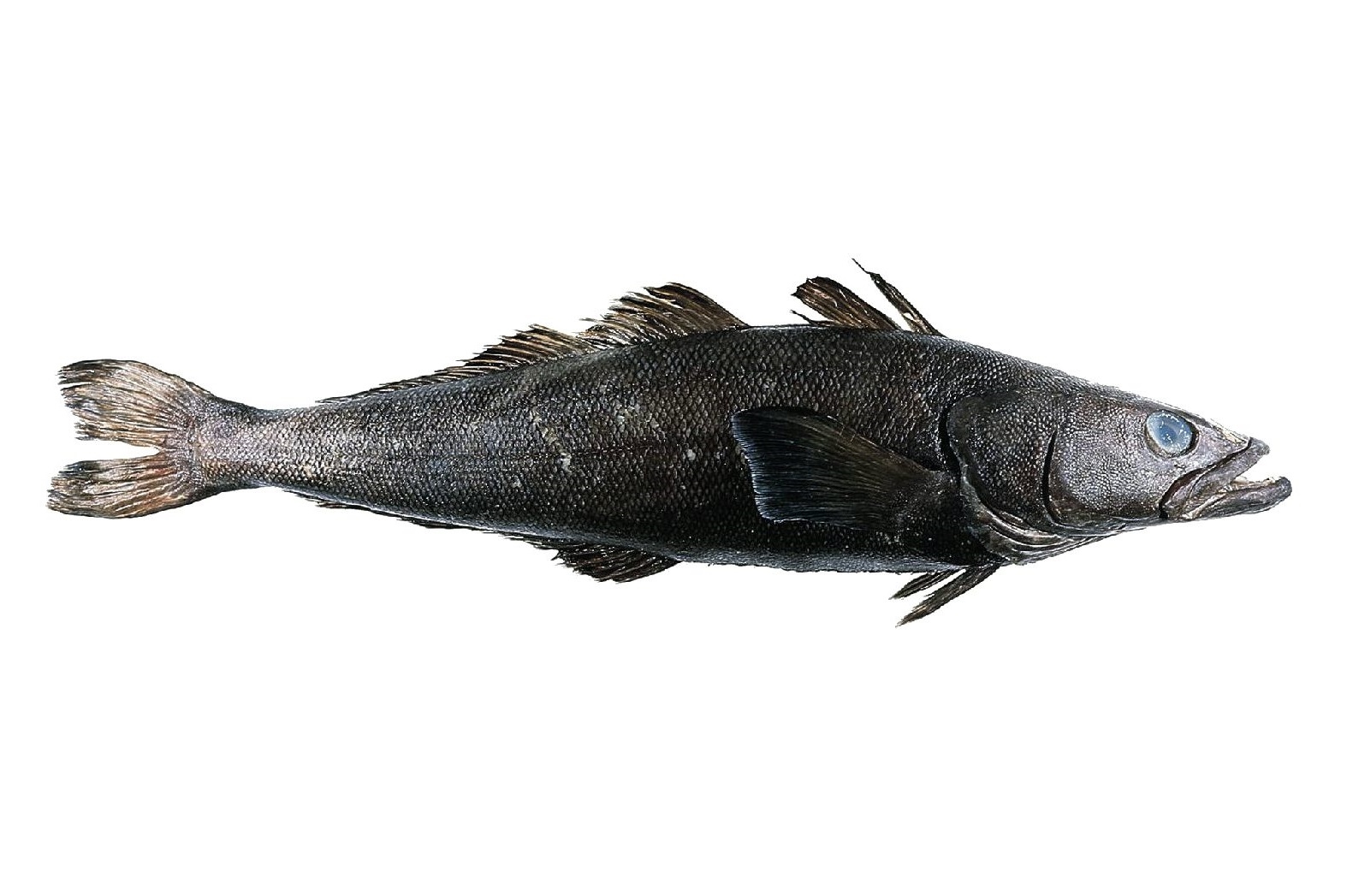There are two species of Patagonian toothfish:
- Dissostichus eleginoides: often referred to as Chilean seabass or Silver cod, this species is typically found in the southern waters of the Atlantic, Pacific, Indian and Southern Oceans on seamounts and sub-Antarctic continental shelves; and
- Dissostichus mawsoni: often referred to as Antarctic toothfish, Chilean seabass or Silver cod, this species is the larger of the two and is found further south around the edges of the Antarctic shelf and Ross Sea.
Both species are caught by large industrial vessels. These vessels have specialised processing and freezing facilities on board, allowing all packaging and labelling to be completed at sea.
100% of Patagonian toothfish sold by Wild Oceans is wild-caught.
Sustainability & Management
Fishing is predominantly by longline (baited hooks on a mainline) and strict legal fishing rules (including quota control for each region) are enforced for both by-catch protection and the overall resource conservation.
All commercial fishing activities are managed by the Commission for the Conservation of Antarctic Marine Living Resources (CCAMLR), except where they fall into specific coastal territorial jurisdictions. In such cases, the fishing activities are managed by the relevant coastal state. Regardless, these fisheries are subject to the CCAMLR Catch Documentation Scheme (CDS) which tracks the trade of Toothfish from the point of unloading to the point of export market delivery.
As such, all legal exports are accompanied by a DCD (Dissostichus Catch Document) and DED (Dissostichus Export Document) which are verified and authorised by national authorities throughout the trade process.
Some Seabass fisheries have been certified by the Marine Stewardship Council (MSC), including South Georgia, Ross Sea, Heard Island, McDonald Islands, Macquarie Island, and Falkland Islands. A number of other fisheries are under assessment.


